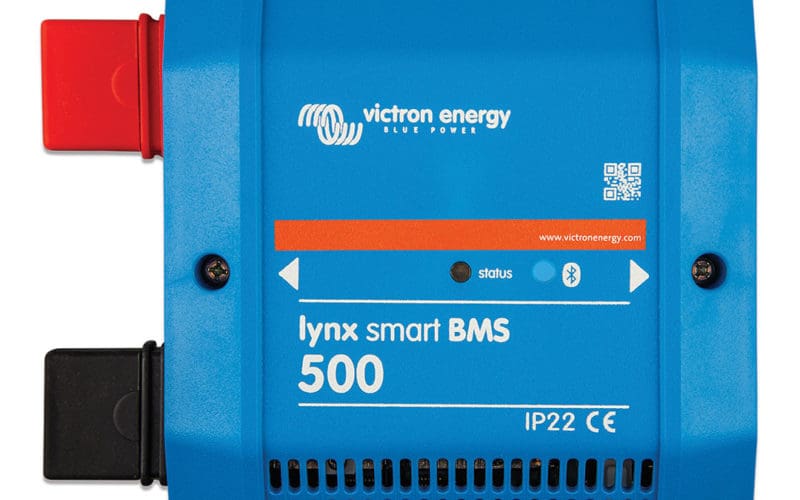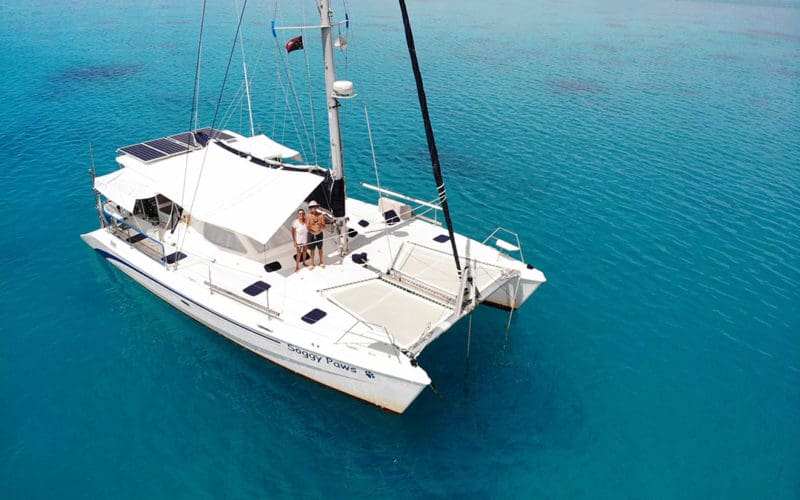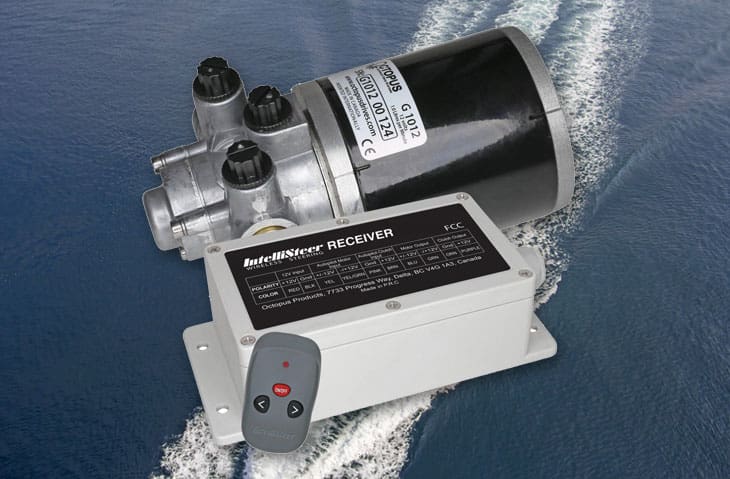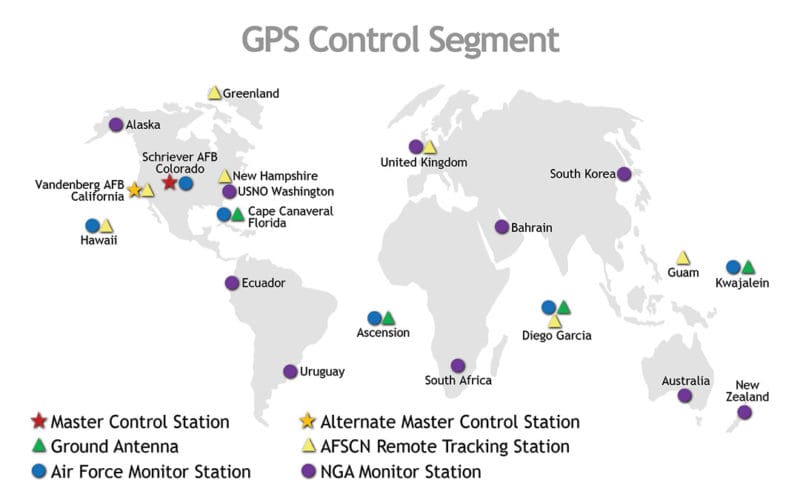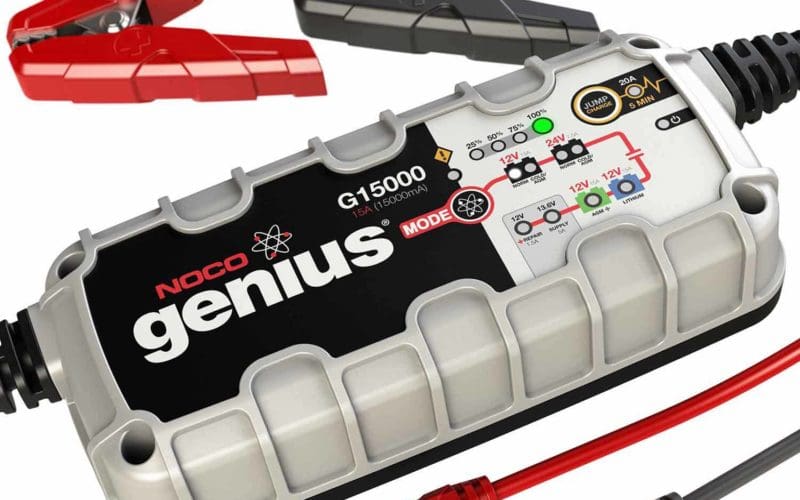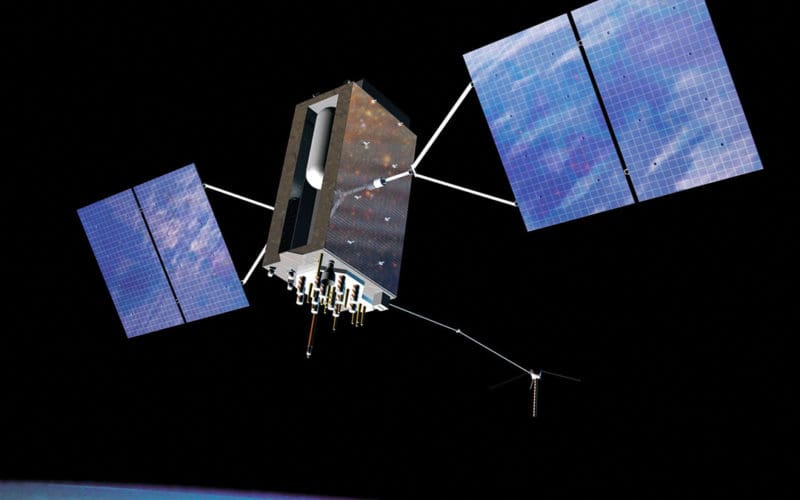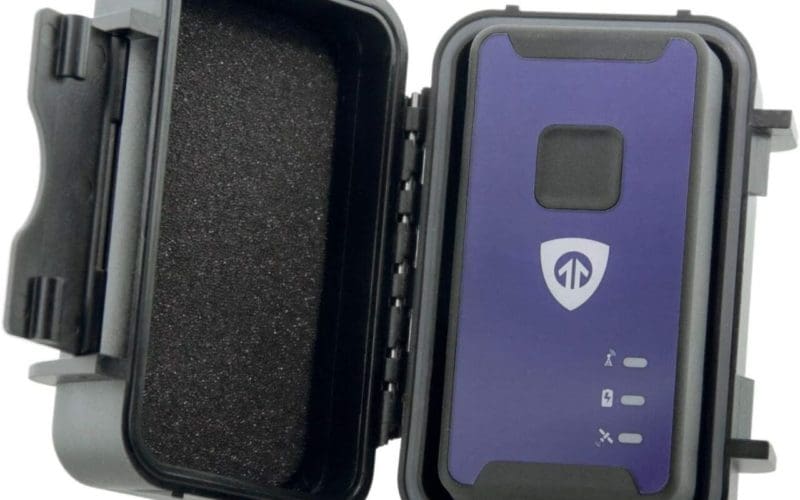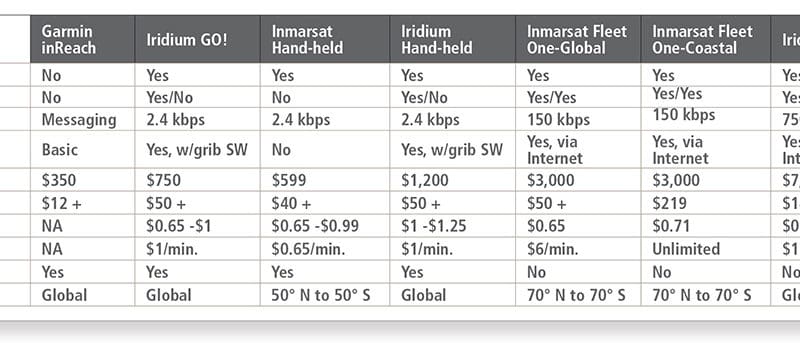31
Dec
The 2021 winner of the Ocean Navigator Chuck Husick Marine Technology Award is the Lynx Smart Battery Management System (BMS) (www.victronenergy.com/battery-management-systems/lynx-smart-bms). The Lynx unit is a full-featured BMSystem for managing lithium batteries, with capabilities like a battery monitor showing state of charge, a pre-alarm signal, Bluetooth connectivity, local and remote monitoring using a Victron GX device and more. Husick award judge and voyager Rebecca Childress wrote in an email, “Victron makes amazing products and this one sounds like another great way to stay on top of your electrical setup!” The runner-up finalist was the Groco E Valve series with a…

